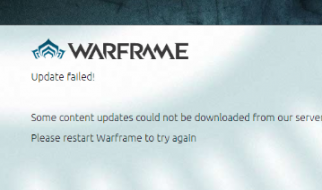/
/
7 Steps in the CIRCULATORY SYSTEM that explain HOW BLOOD FLOWS through your HEART
7 Steps in the CIRCULATORY SYSTEM that explain HOW BLOOD FLOWS through your HEART
1. Your AORTA pumps OXYGENATED blood out of your heart to your body
- The aorta stretches across the back of your heart and pumps blood both above and below your heart to your upper and lower body
- As oxygenated blood goes to your cells, it drops off oxygen and picks up waste
- Cells in your body need oxygen so that they can perform cellular respiration to get energy
- Blood also picks up carbon dioxide from the cells as the waste product of cellular respiration
2. DEOXYGENATED blood returns to your heart through the SUPERIOR VENA CAVA and INFERIOR VENA CAVA to your RIGHT ATRIUM
- Capillaries separate oxygenated blood from deoxygenated blood and arteries from veins
- After passing through the capillaries, blood is deoxygenated and needs to head back to the heart to be pumped to the lungs to pick up oxygen
- The Superior Vena Cava is the vein that gets deoxygenated blood from the upper body and returns it to the heart
- The Inferior Vena Cava is the vein that gets deoxygenated blood from the lower body and returns it to the heart
3. Your heart beats to the signals of the SA NODE and AV NODE as the right atrium pumps it to the RIGHT VENTRICLE
- From the superior and inferior vena cava, blood goes through the Right Atrium
- First, the SA Node (sinoatrial node) (pacemaker) sends electrical signals to pump blood from right atrium to right ventricle
- Then, as blood enters the right ventricle, the AV Node (atrioventricular node) receives a signal to act as the gateway to the right ventricle and control the speed of blood flow there
- The SA and AV node combine to make the ?ba-bum? sound of your heartbeat
- Blood goes through the tricuspid valve/right AV valve (makes sure blood flows in only one direction) as it enters the right ventricle
4. Your RIGHT VENTRICLE pumps deoxygenated blood up to your PULMONARY ARTERY, where it heads to lungs to pick up oxygen
- First, the right ventricle pumps blood through your Pulmonary Valve (makes sure blood flows in only one direction)
- Then, the Pulmonary Artery carries the blood away from the heart to the lungs for oxygen
5. DEOXYGENATED blood BECOMES OXYGENATED and drops off waste
- Deoxygenated blood becomes oxygenated and arteries become veins in the capillaries
- In the lungs, capillaries are tied around alveoli, which are little sacks storing the oxygen that we inhale
- Oxygen is transferred into the blood and waste is transferred out of the blood through the capillaries
6. Oxygenated blood leaves the lungs and returns to the heart through the PULMONARY VEINS and enters the LEFT ATRIUM
- Now that it?s oxygenated, it?s ready to go and get pumped back to the body!
7. The LEFT ATRIUM pumps blood to the LEFT VENTRICLE, and then it is pumped to the AORTA to do the same thing ALL OVER AGAIN (see step 1)
- As it goes from left atrium to left ventricle, blood passes through the bicuspid valve/left AV valve (makes sure blood flows in only one direction)
- Blood then is pumped from left ventricle through the aortic valve (makes sure blood flows in only one direction) back into the aorta to repeat the whole cycle again


